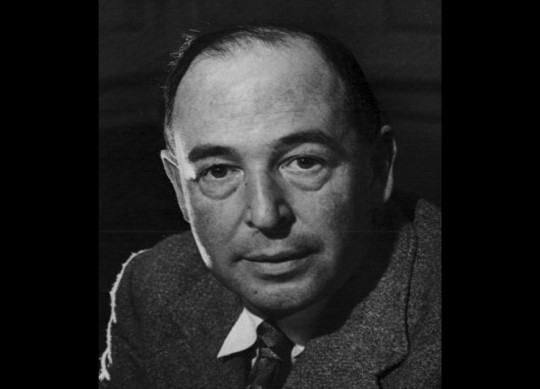Walter Hooper’s compilation of writings from C.S. Lewis brings together some of Lewis’ most prominent literary criticisms, scholarly essays, and religious meditations. It serves as a reminder of Lewis’ timeless eloquence and insight.
The collection has 40 book reviews, as well as five major essays. The most anticipated essay is "Image and Imagination," also the publisher’s title, a never-before-printed analysis of art and truth, rescued from a fire in the Lewis family home.
That Lewis paid the same attention to his critical works as his examinations of faith is no shock to his followers. His critiques are rich with insight and a sense of history, and his love of language is apparent throughout.
Though fair in his assessments, it might surprise readers to learn how brutal Lewis could be in digression. He writes of authors too "anxious" in their agendas, too "disposed to brevity," and choosing subjects "where there is nothing both new and true to be said." The efforts of another writer inspire Lewis to decree, "The truth is that most of this book is merely a romp."
As in his other work, Lewis holds to his lifelong credo that pursuing truth leads to originality, not the other way around. His commentary addresses the nuances and balance of biblical translation, the unmentionable elements of Eros in the literature of his contemporaries, the trajectory of French politics, the transcendence of Milton, and a defense of a well-rounded liberal arts education that applies to our century. "Why trust [a university] to keep things from you?" he asks.
One of the most sentimental pieces is Lewis’ first reaction to his friend J.RR. Tolkien’s adventures in Middle-earth. "The professor," as Lewis calls Tolkien, "has the air of inventing nothing." The whole fictional universe is alive, he insists, and leaves us with a special sensation: anguish. Not tragic anguish, Lewis notes, but "that anguish of those who were happy before a certain darkness came up and will be happy if they live to see it gone." Tolkien invites us to share in the burden of his characters and leaves us with the sense that though "prediction is dangerous, The Hobbit may well prove a classic."
In the title piece, Lewis expounds on the great act of curiosity: on what we do when we imagine, and on how the imaginative process is entangled with the "marvelous in literature." Reality, we are told, is merely the great refiner of the elements of wonder.
Lewis’ reflections on Christianity are where his words appear most at home. His observation of the simple paradoxes of human life—light springing from dark, hope from despair, pride from insecurity—are as revealing as they are haunting. He slices through layers of cold rationalization to find the soul of Christian reasoning. It is this ability that accounts for Lewis’ transformative effect not only in the arena of letters but also on the culture of faith itself.
Russell Shaw, of the Arlington Catholic Herald, wrote recently of the lamentable state of American Catholicism, noting that the flourishing of a church is linked to the Christian (or non-Christian) products of a society’s culture. "Literature and art have to be a part of it," Shaw said. "A religious body lacking writers and artists is impoverished at its roots."
In this respect, one cannot help having a sense of renewed purpose after setting Lewis’ book down. One’s roots, be they spiritual, rational, philosophical, or literary, are invigorated. C.S. Lewis wakes our hearts.
